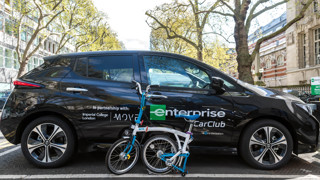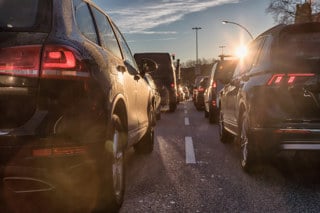London boroughs that implemented low-traffic neighbourhoods (LTNs) during the Covid-19 pandemic saw a bigger increase in car use than those that did not, according to figures from the Department for Transport (DfT).
The Government made £250 million worth of funding available to councils in 2020, to encourage ‘active travel’, with bollards, planters or camera enforcement used to block through traffic.
However, DfT figures show that total vehicle miles driven in the 10 inner London boroughs that introduced LTNs or equivalent schemes in 2020 rose by an average of 41 million miles or 11.4% last year as traffic bounced back to more normal levels after the first lockdown, reports The Times.
RAC spokesman Rod Dennis said: “If LTNs are successful in reducing overall motor traffic and encouraging more active travel then they can be seen as a positive intervention.
“If, on the other hand, they are simply causing traffic – and associated air pollution – to be displaced onto other streets not covered by LTNs then they are of little to no benefit.
“Therefore, it’s very worrying that traffic studies haven’t been carried out to definitively prove that existing schemes haven’t just shifted problems elsewhere.”
The RAC says that councils considering introducing LTNs in the future will get more people on side if they can demonstrate there are benefits for everyone rather than the relative few who no longer have as much traffic outside their homes.
“What’s more, if the objective is to get more people to walk and cycle, councils should also look at other options alongside LTNs,” added Dennis.
Indeed, research for this year’s RAC Report on Motoring shows that 23% of drivers would cycle for some trips rather than drive if there were more dedicated cycle lanes.
























Login to comment
Comments
No comments have been made yet.